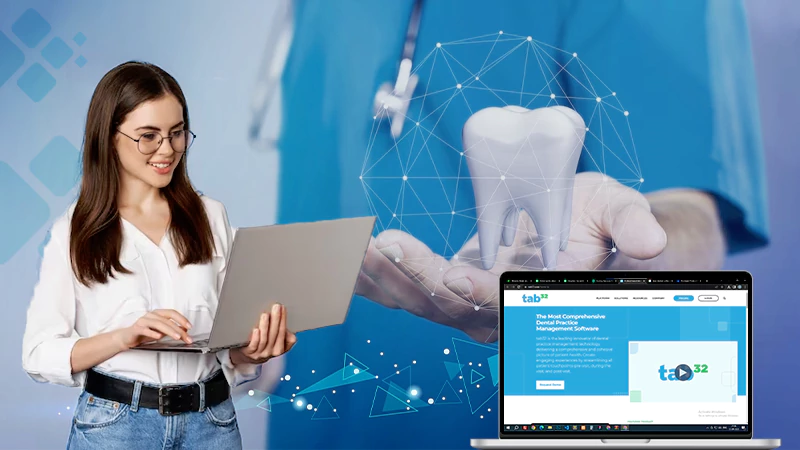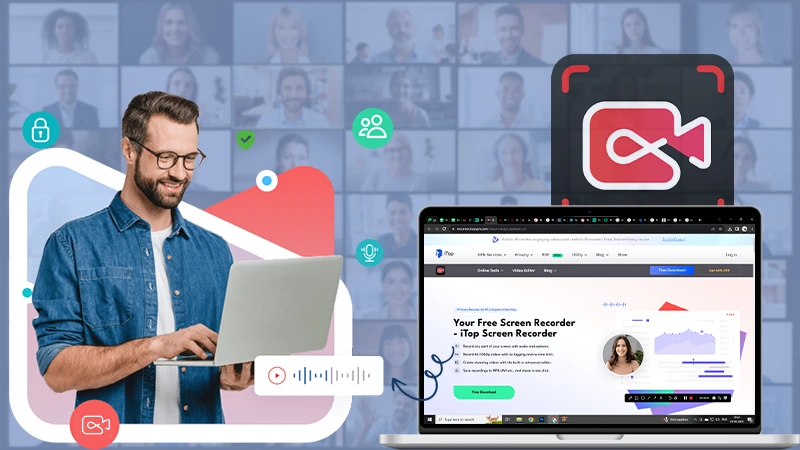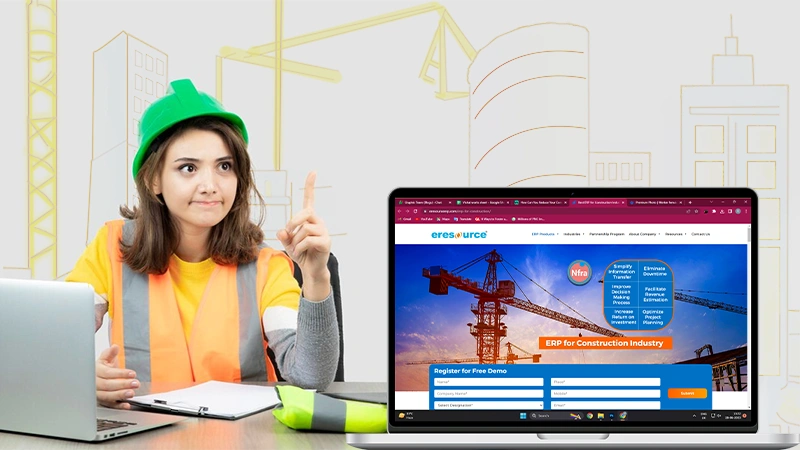Software Development- The Process
Software development is the accumulated processes engrossed in creation of professional Software development company. It consists of various stages if we work throughout the Systems Development Life Cycle (SDLC).
From writing a series of intertwined programming code to its support and maintenance, Custom programming involves several planned steps.
Understanding the Process
There is a famous quote by Napoleon Hill, “Plan your work and work your plan”.
Software Development is not about spontaneity, it needs a complete planning before you start working on it. A great piece of software starts with a process that is clear in the brain.
In this guide, we will understand the basics of the different processes of Software Development and what they are suitable for and how.
The Best Software Development Processes
Over the years, many software development processes have been formulated. So, it becomes difficult to choose among them.
We are bringing you the list of 5 best processes:
- Waterfall: One of the oldest models for building software, Waterfall method is known by several other names like Classic Lifestyle Model & Linear Sequential Model. It has been classified into different phases:
- Planning
- Requirements
- Designing
- Execution
- Testing
- Placement
- Updates/ Maintenance
This process is best suited for the massive organizations that require large numbers of signoffs and documentation.
- Agile & Scrum: If you are looking for a frequentative and lively approach during the development, the Agile & Scrum is the best option you can go for.
It also involves different phases like:
- Product Backlog
- Sprint Backlog
- Designing & Development
- Releasing Software
- Feedbacks & Updates
Agile is all about being fast paced and building and releasing everything in a time duration of 2-4 weeks.
Due to the dynamic nature, it is best suited for the start-ups or brands looking for constant products updates.
- Incremental & Iterative: A middle-ground between the structure of the Waterfall and the flexibility of Agile, the incremental & iterative method includes releasing of feedback during different phases.
During the incremental method, the development company may take feedback from the clients at various stages. However, during the iterative method, users get an early look of the final product for any updates.
The phases of incremental are:
- Increment Planning
- Specifications
- Implementation & Development
- Validation
- Repeating the process for every version
The phases of iterative are:
- Analysis
- Designing
- Developing
- Testing till the final version is ready to release
This method adds a level of flexibility to the process, which makes it highly suitable for big projects with defined specifications.
- V-shaped: Unlike all the other methods, V-shaped method follows a strict “validation and verification” process. Even requirements are tested before moving on with the development.
The various phases of V-shaped process are:
- Requirements
- Specifications
- High-level Designing
- Low-level Designing
- Developing
- Unit Testing
- Integration Testing
- Testing for systems
- Acceptance Testing
With minimise risk of finding issues at the end, V-shaped method is best suitable for small projects with static requirements.
Read this also: Software Development- 10 Reasons Why to Outsource It
- Spiral: The Spiral method is a combination of the V-shaped method and Iterative and Incremental method. It focuses on validation and risk evaluation with a nature of getting regular feedback from the users.
A prototype is built to test by the users before adding it to the current milestone. It starts with planning and risk evaluation after every milestone. It helps in creating Custom CRM Software for the users.
The different phases of the Spiral method are:
- Planning
- Risk Evaluation
- Development
- Validation
- Assessing Results
- Planning the next milestone
The key purpose of this method is to reduce any kind of risk. It is highly suitable for large projects that require huge documentation.
Follow Us
Latest Post















